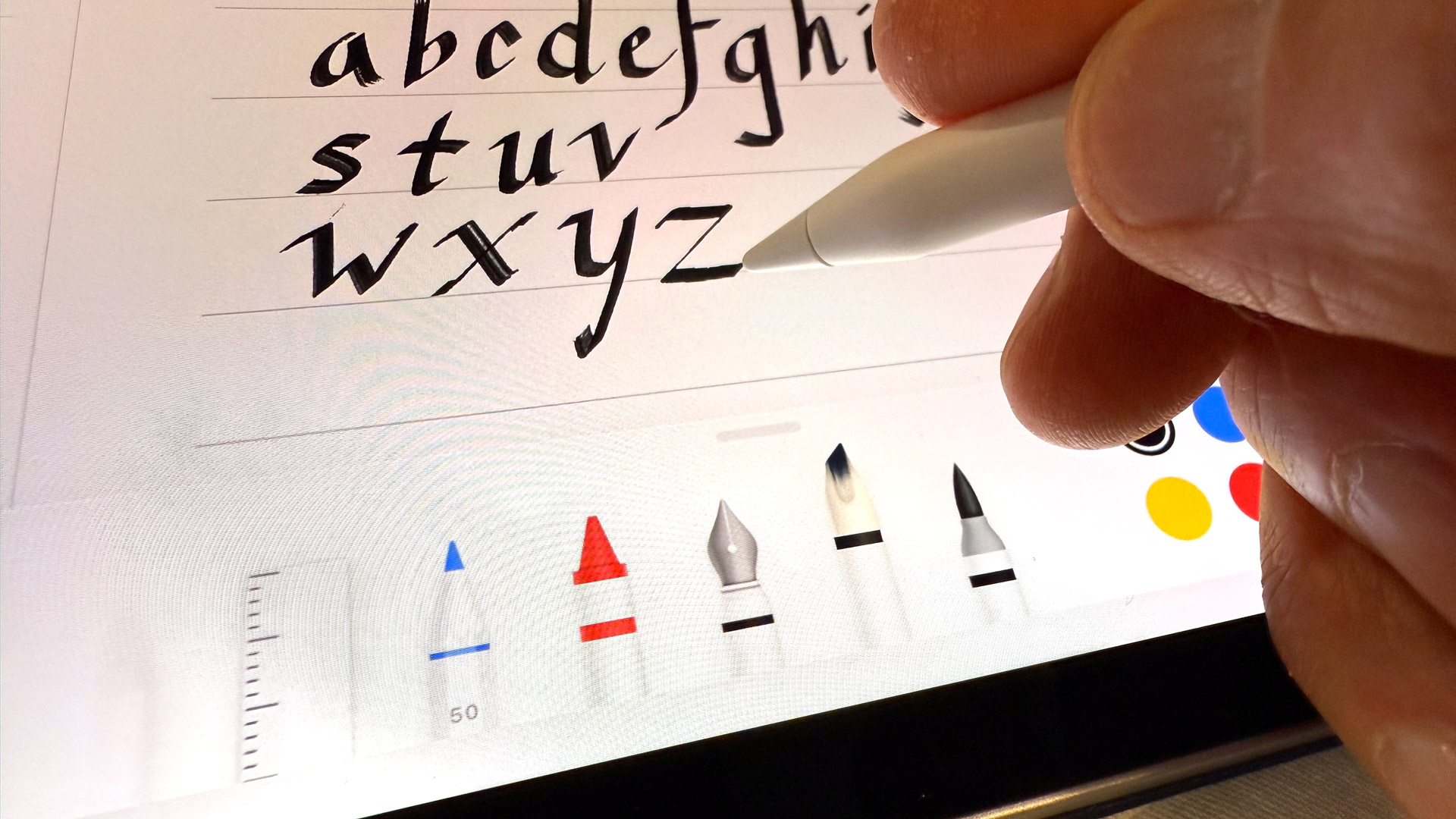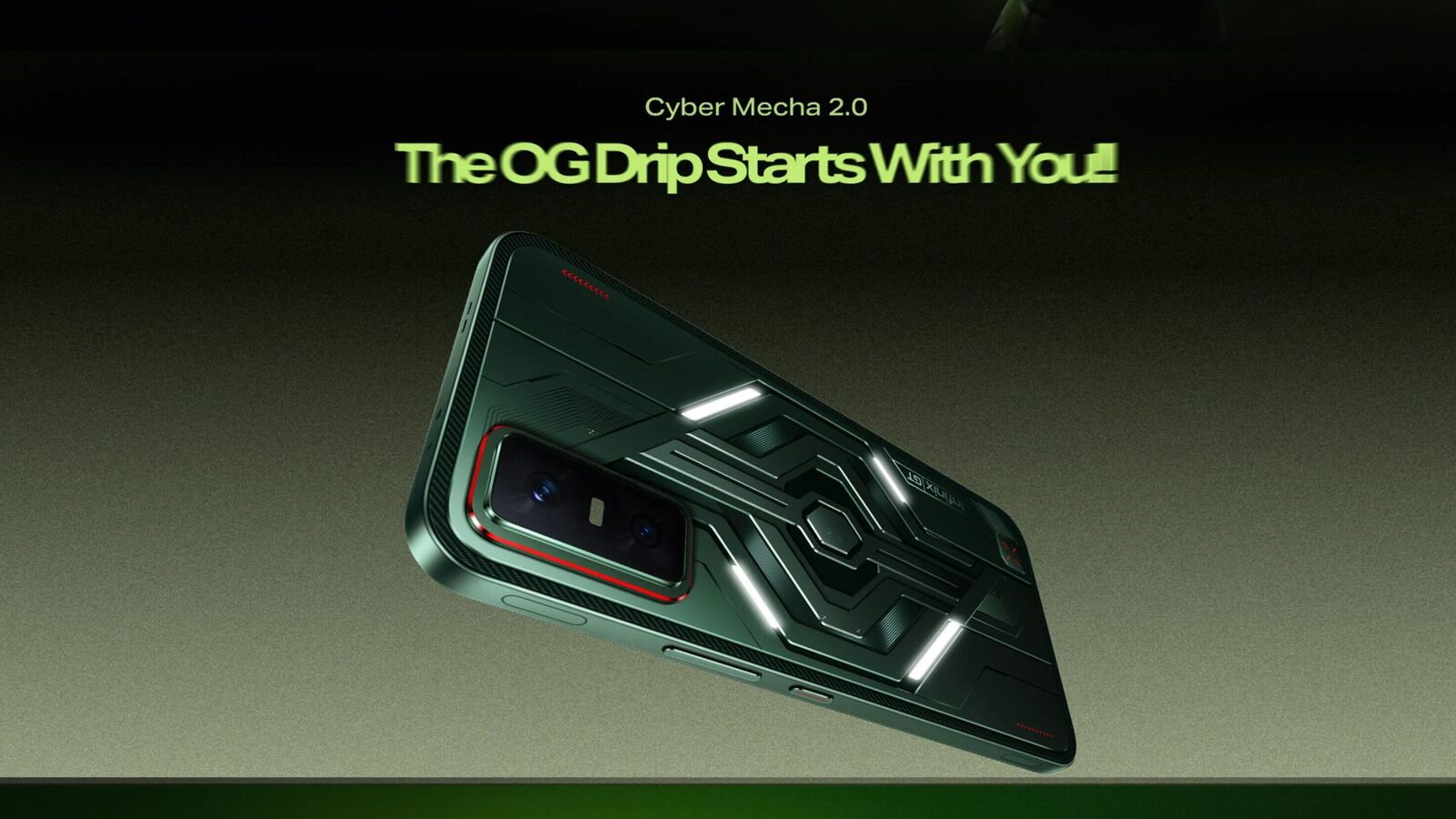Moving that last 5% stateside has been a challenge. Chief Executive Bill Banta said the company searched for a domestic source for the ball bearings it buys from China, only to hit a dead end.
“We’ve struggled to find components that are competitive in terms of price and lead time,” he said.
Companies have long highlighted “Made in the U.S.A.” products even after much of the nation’s industrial base migrated overseas. Some manufacturing returned in the wake of the Covid-19 supply-chain disruptions, and President Trump has said his tariffs are meant to bring back much more.
Manufacturers that already make products in the U.S. said it is tough to create an entirely domestic supply chain. Parts or materials vital to their products are no longer made here, they said, or are available only in quantities that are too low or prices that are too high.
Ricky Cousido is co-owner of Brooklyn-based Rapid Plastics, a six-person company that makes high-end coat hangers for department stores and other retailers. He said the domestic suppliers that furnished the metal hooks for his company’s hangers closed or went overseas more than two decades ago.
He now gets the hooks and other metal components from China, and the U.S. tariffs on imports from the country are rapidly boosting his expenses. The bar of a skirt hanger, which cost 40 cents before the duties were imposed, now costs 80 cents, he said.

View Full Image
Cousido said government policy should make exceptions for manufacturers unable to find U.S.-made components.
“I can’t beg some company, ‘open up, make this item for us,’” he said.
Haas Automation, a California-based builder of factory machinery, makes a similar argument. It imports cast iron from China to make the frames for its products. Peter Zierhut, vice president of outside operations for Haas, said the U.S. has no foundries capable of generating the more than 100 million pounds the company consumes each year, and he sees little chance any will return.
Building a new foundry would require hundreds of millions of dollars in investment to turn out a commodity that is worth just a few dollars per pound, he said. Finding workers would be tough as well, he said.
“It just doesn’t seem realistic that cast iron—a super low-tech industry—is going to build their operations in the United States,” Zierhut said.
The tariffs the company is paying on iron and other parts from China could raise the price of its machines by about 20%, he said. Meanwhile, competitors based in South Korea, Taiwan and Japan are sending their products to the U.S. at just a 10% to 14% tariff.
Haas said it has already cut production and eliminated overtime at its plant in Oxnard, Calif. The company is building a $500 million factory in Nevada to serve what it had expected to be increased demand for its machines, but Zierhut said that without tariff relief the plant’s opening might be delayed.
Some manufacturers said they are making progress at Americanizing their supply chains. Two years ago, CorVent Medical, which makes ventilators at a factory in North Dakota, got up to 70% of its parts from China.
Today, CorVent gets up to 70% of its parts from U.S. suppliers and aims to boost that to 100% within the next few years.
Components made of sheet metal and plastic have been relatively easy to repatriate, said Richard Walsh, CorVent’s CEO. Others have been far more difficult. The transistors, motors and power boards used in its ventilators are available only in Taiwan, he said.
However, the company has been able to bring a key part of its supply chain back to the U.S. by contracting with a Minnesota company called Versa Electronics, which makes circuit boards. Walsh said while some of the boards’ components come from overseas, the bulk of the cost comes from assembly.
Versa CEO Kevin Johnsrud said his company uses automated machines to place resistors, capacitors and integrated circuits onto circuit cards, though workers sometimes solder components by hand. Versa can compete with overseas suppliers because it specializes in low-volume runs, Johnsrud said.
“We don’t do millions of cellphones or other devices,” he said.
Even as the trade war begins, fewer consumer packaged goods and grocery items are being marketed as “Made in the U.S.A.,” data from NielsenIQ shows. About 100,000 separate products carried that designation over the 12 months that ended April 12, the firm said, down from 102,000 over the prior 12 months.
Some attorneys have said companies could face extra scrutiny from the Federal Trade Commission over the provenance of their goods. The agency has strict rules that govern whether a product can be advertised as American-made, saying “all or virtually all” of its components must come from within the country.
Manufacturers sometimes add qualifiers to their marketing, but Pennsylvania-based tool maker Channellock calls its domestically produced pliers, tool bags and drivers “100% Made in USA.” Ryan DeArment, the company’s executive vice president of sales and marketing, said every bit of their content, including the metal, fabric and cardboard packaging, has a domestic source.
Even so, the tariffs have him concerned. DeArment said the mills that make the steel for Channellock pliers could prioritize automakers and other big customers if import duties boost demand for American metal.
“It might not impact us in 2025, but when we go back to the table in 2026, we could see a change,” he said. “There are so many moving parts.”
Write to John Keilman at john.keilman@wsj.com





